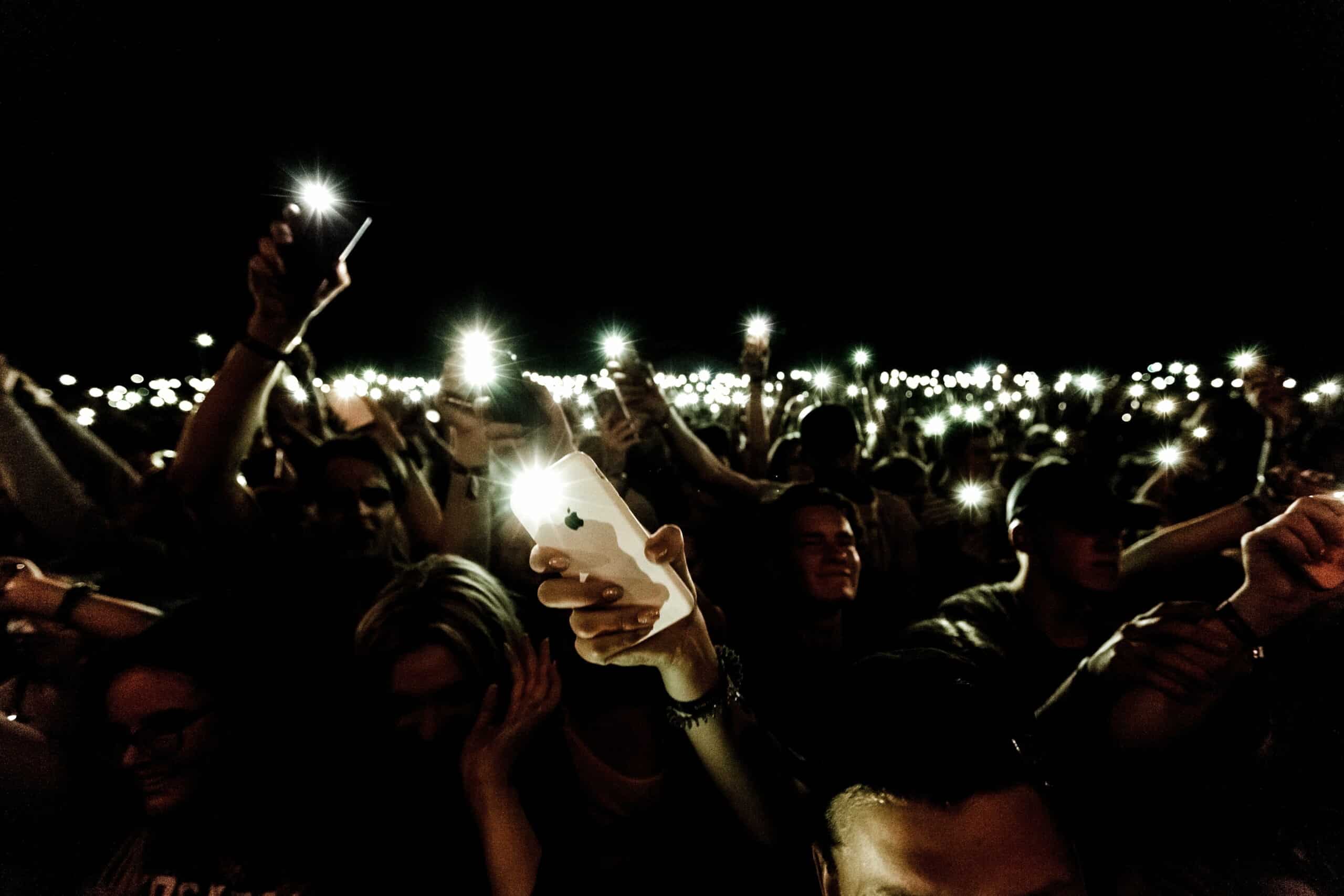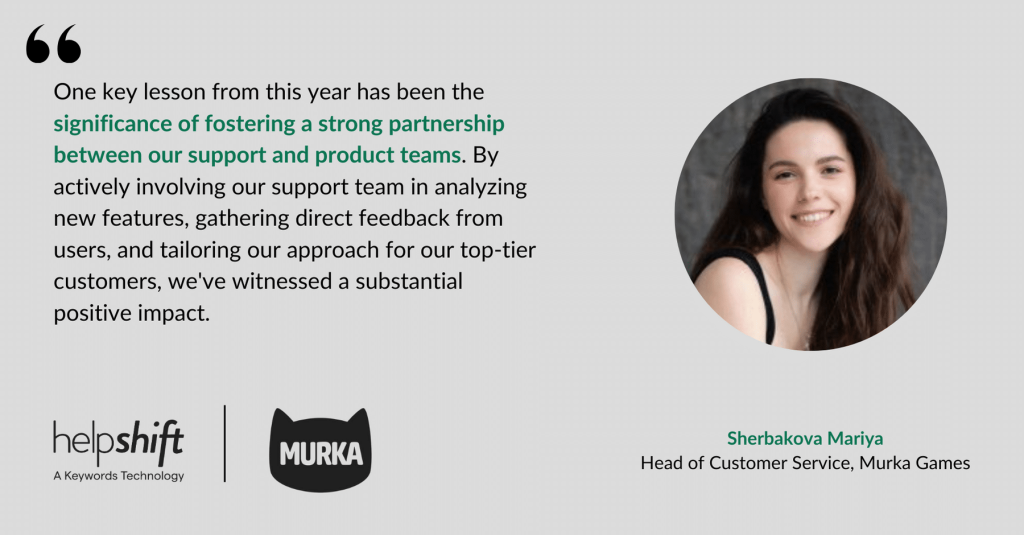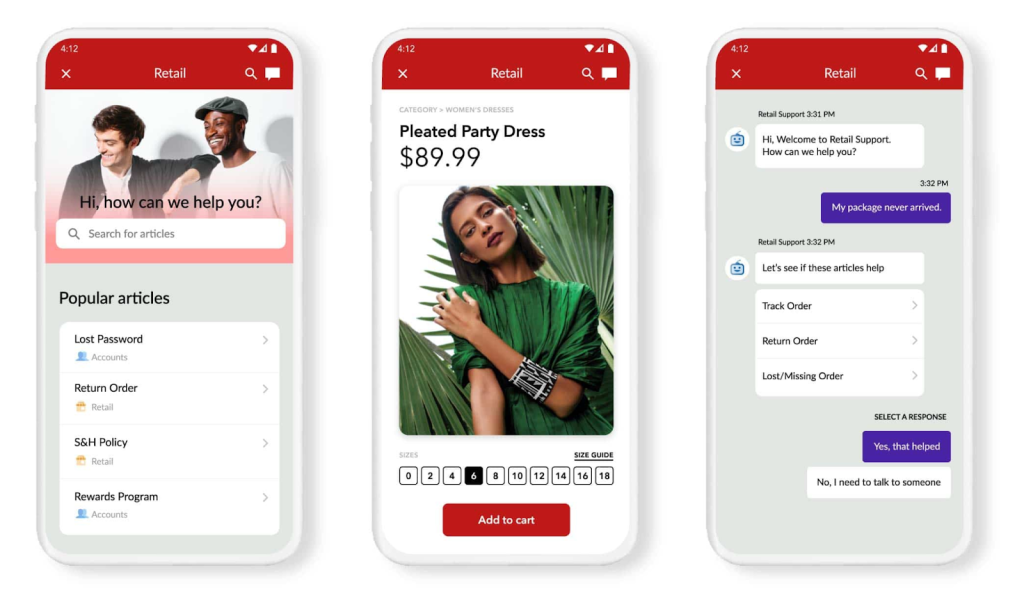On Friday, Netflix announced a new record for consumer spend on mobile: the streaming service raked in $86.6 million across iOS and Android, a figure 77 percent higher than the $49 million the company generated last November. The consumer move to mobile has been gaining traction for years, with mobile market share currently at 44.19 percent as compared to desktop at 52 percent and tablets at 3.7 percent. Many sites and services report percent of visits on mobile surpassing those on desktop or tablet. Netflix’s record-breaking month drives home the impact that a cohesive and user-friendly mobile customer experience can have on an organization’s bottom line, and also offers valuable lessons for other companies about how to provide a cross-channel experience that favors mobile.
The Channel That Can Make Or Break Your Company: Why it’s So Important to Get the Mobile Customer Experience Right
In a world where the average mobile app loses 95 percent of its users within 90 days, but where the best mobile apps can increase mobile revenue by 77 percent in just one year, brands should invest in making sure they belong to the latter category.
For one, this means ensuring that experiences are fluid across devices. For instance, when Netflix users pause a show on their phones, and then open the Netflix app on their Roku, the show will start from the same place in which it was paused on the phone. Netflix has mastered device synchronicity, whereas competitors struggle with this feature. Brands need to take note of Netflix’s success, and ensure that every aspect of the user’s experience is fluid regardless of their rate of device switching.
This is a particularly important lesson for customer service managers. Currently, the customer service experience is highly fractured across devices and time periods — if a user tries to continue a chat that they started on web onto mobile they have to begin again with a new agent. Likewise, if a customer doesn’t look at a customer service chat interaction for ten minutes, oftentimes the chat will be ended with no way for the customer to start it up again. Like the Netflix app, it shouldn’t matter if a customer hasn’t opened a customer service conversation in 24 hours; when they do, they should be able to start it from exactly the same place they left off — after all, users are accustomed to this being the case on all other messaging platforms, including FB Messenger, iMessage, and WhatsApp.
Keep Users in Your Mobile App, Especially When They Have a Problem
As Netflix’s record month on mobile demonstrates, consumers are moving the habits that once belonged to desktop, tablet, or television onto their smartphones. This is not only true in the U.S., but is also true globally, particularly in countries that skipped desktops and went straight to mobile. Netflix’s mobile growth was even higher in certain countries than its global 77 percent growth: South Korea grew by 107 percent, Japan by 175 percent, Germany by 90 percent, and Brazil by 94 percent.
Global companies need to pay attention to this shift: consumers want to complete tasks they once did on other channels on their mobile phones.
Business leaders should invest in an integrated mobile customer experience across the board, particularly in customer service, where a single problem could result in churn. This means having in-app help desks, knowledge base articles, and customer service messaging.
Netflix is the New Normal: Brands Need to Emphasize Mobile Experiences For Global Growth
Netflix’s record month wasn’t just a result of the brand’s superior mobile customer experience; it was also a reflection of a global shift toward cord cutting and on-the-go mobile interactions. Brands need to follow in the streaming service giant’s footsteps, and offer seamless, integrated mobile experiences that allow users to move without friction between mediums and devices.
Want to get started with asynchronous messaging? You can just right in with our new Helpshift Free Trial.




